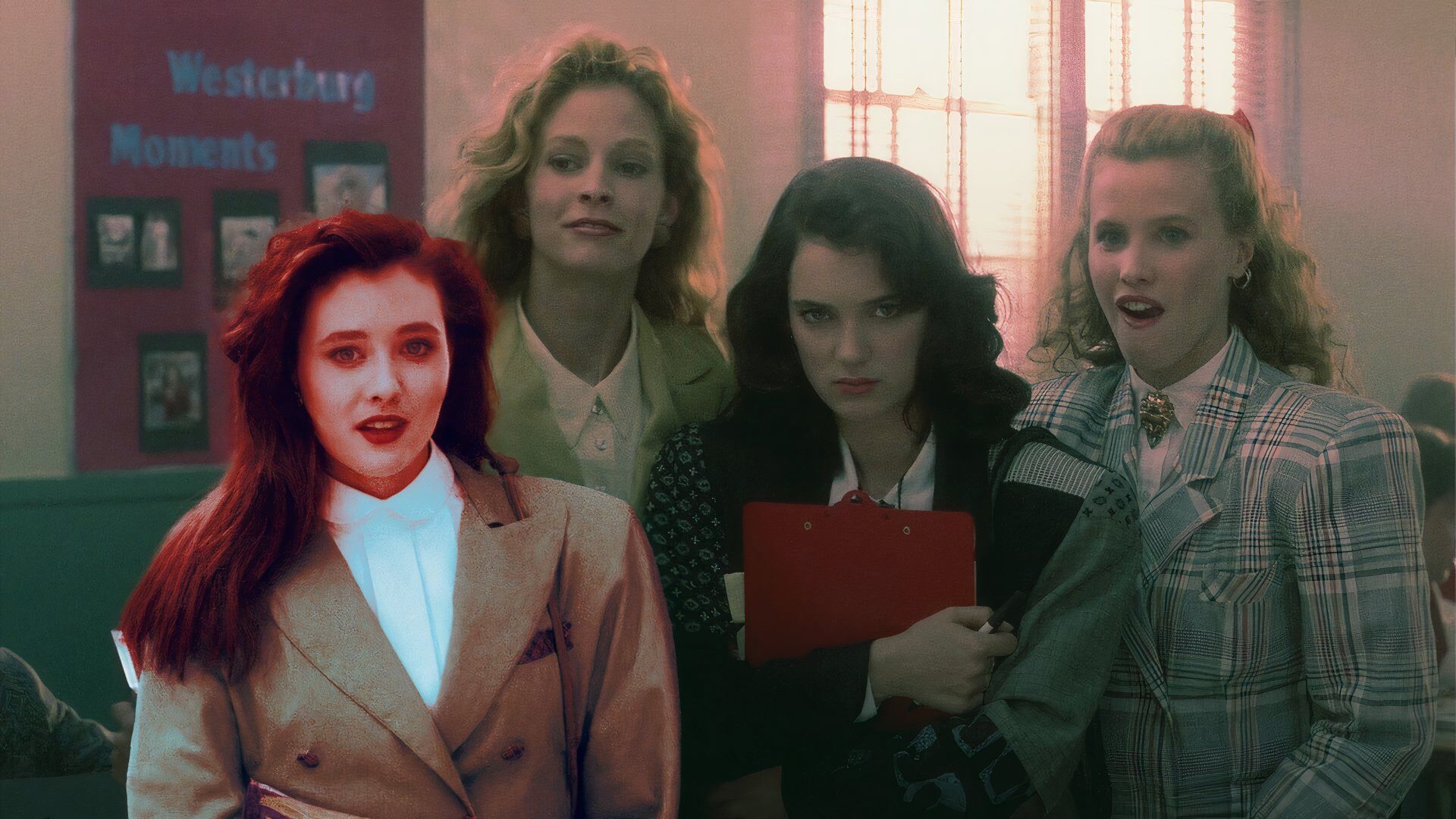
Summary
-
Heathers
was way ahead of its time. Its dark satire foreshadowed real-world issues like school violence and teen suicide. - The film serves as the ultimate anti-John Hughes teen comedy, rejecting sugary teenage clichés in favor of dark, witty exploration of taboo themes.
-
Heathers
changed how teens are portrayed in pop culture, influencing a generation of satirical teen comedies and shaping the landscape of television.
As a child of the ’80s and early ’90s, I grew up with John Hughes’ teen films shaping my perspective of high school and adolescence. Molly Ringwald in her pretty pink dresses, the fist-pumping triumphs, and the rosy vision of teenage life were all part of my fantasy world. But then came Heathers, a film that brutally dismantled that sugarcoated vision and left me reeling.
Prior to gaining fame as Brenda Walsh in “Beverly Hills, 90210,” Shannen Doherty appeared in the 1988 teen black comedy film “Heathers.” In this movie, Doherty portrays Heather Duke, a cruel high school girl who is part of an elite and dominating clique named after themselves, alongside three other girls named Heather, and Veronica, played by Winona Ryder.
Veronica’s increasing unease with the clique’s mean-spirited actions pushes her into a dangerous alliance with the rebellious new student, J.D., portrayed by Christian Slater. In an unfortunate turn of events, Veronica accidentally poisons Heather Chandler, the clique’s leader, using a cup of drain cleaner. However, Veronica soon discovers that J.D.’s true intention is to eliminate the most disliked students in their school and make it seem as if they took their own lives.
When “Heathers” hit North American theaters in March 1989, following a limited release overseas in October 1988, viewers were taken aback by the story of two rule-breaking teenagers on a deadly mission to eliminate the most popular students at their school, reminiscent of Bonnie and Clyde. Unfortunately, despite its intriguing premise, this groundbreaking film failed to attract a large audience and made only over $1 million at the box office. As a devoted fan, I can’t help but be fascinated by how this thought-provoking movie was overlooked in its time.
Through cable TV and home videos, the unconventional film “Heathers” built up a dedicated fanbase over the past few decades, leaving an indelible mark on pop culture. By fearlessly depicting the raw reality of teenage existence, the movie paved the way for future productions to adopt its bold and unapologetic style. Now more than three decades after its initial screening in cinemas, “Heathers” is recognized as a groundbreaking teen film that continues to shape the genre.
Heathers Was Way Ahead of Its Time
In North America during 1989, when the movie “Heathers” initially premiered, its bleak themes, which included depictions of school violence and teen suicide, appeared to be so removed from everyday life that several critics labeled it as a horror film for teens with a darkly humorous and satirical twist.
Despite the numerous school shootings that have occurred over the past 35 years and the heightened awareness of teen suicide, the film “Heathers” remains just as thought-provoking and pertinent as it was during its original release. Although the portrayal of a student waving a gun and setting off a bomb inside a school, inspired by the antagonist J.D., served as dark satire in the late 1980s, such actions are no longer acceptable in today’s world where these events have become tragic realities.
The movie “Heathers” critiques the harsh and dismissive social hierarchy of high school life in a biting manner. At the same time, it humorously tackles sensitive topics like intolerance towards homosexuality, extreme religious beliefs, and the pressure to conform and be accepted or popular, which are common experiences for teenagers.
After Heather Chandler, the notorious clique leader, is killed and her death is falsely presented as a suicide, she gains more admiration at her high school, including from students who previously shunned her. In an unexpected turn of events, following J.D. and Veronica’s murder of two popular football players and staging their deaths to appear as a gay suicide pact, the detested football players are mourned as martyrs of homophobia. At their joint funeral, one player’s father openly expresses love and acceptance for his “deceased gay son.” This revelation leaves J.D. questioning whether this seemingly traditional and religious man would extend the same compassion to his alive son.
The Ultimate Anti-John Hughes Teen Comedy
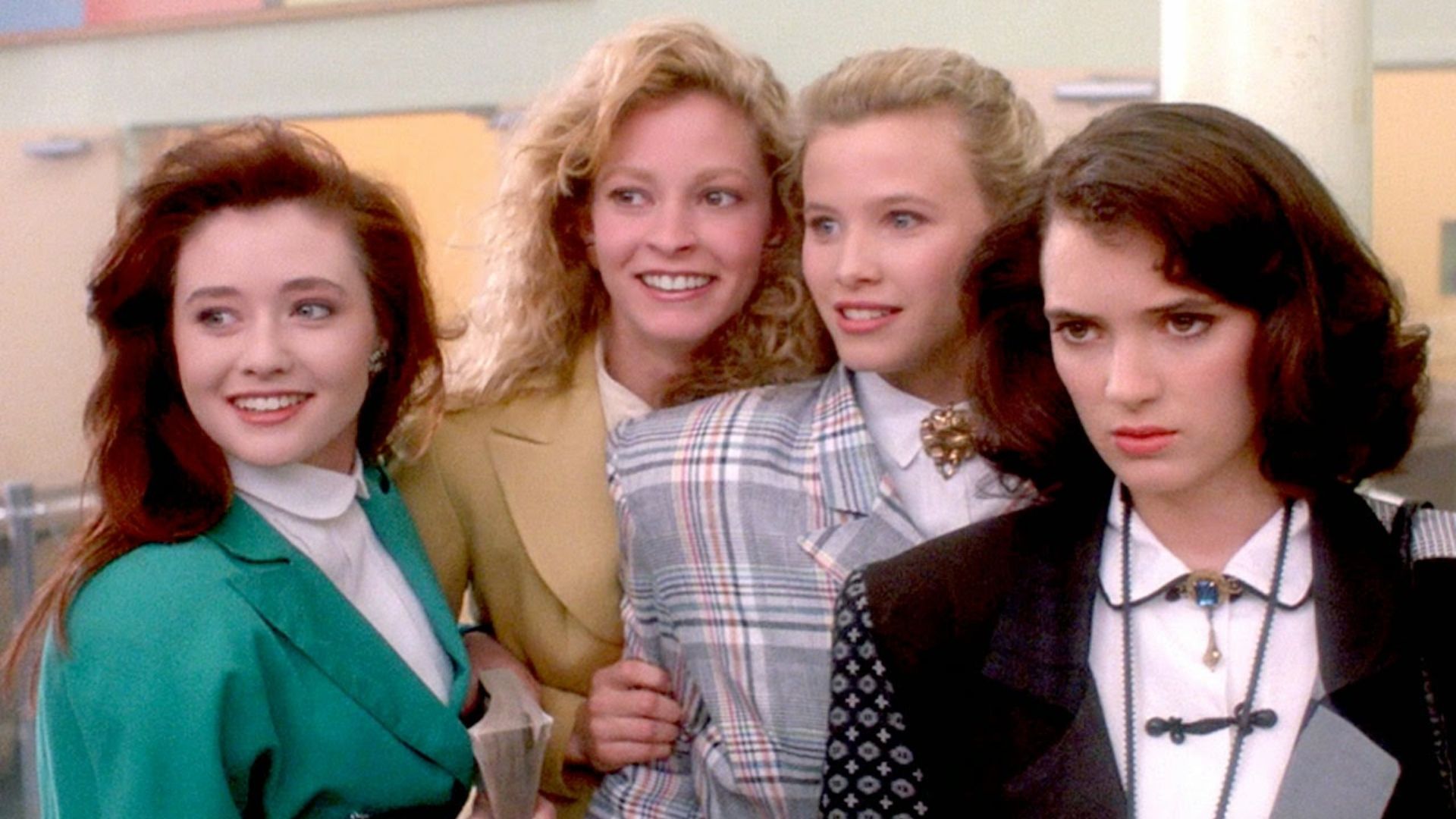
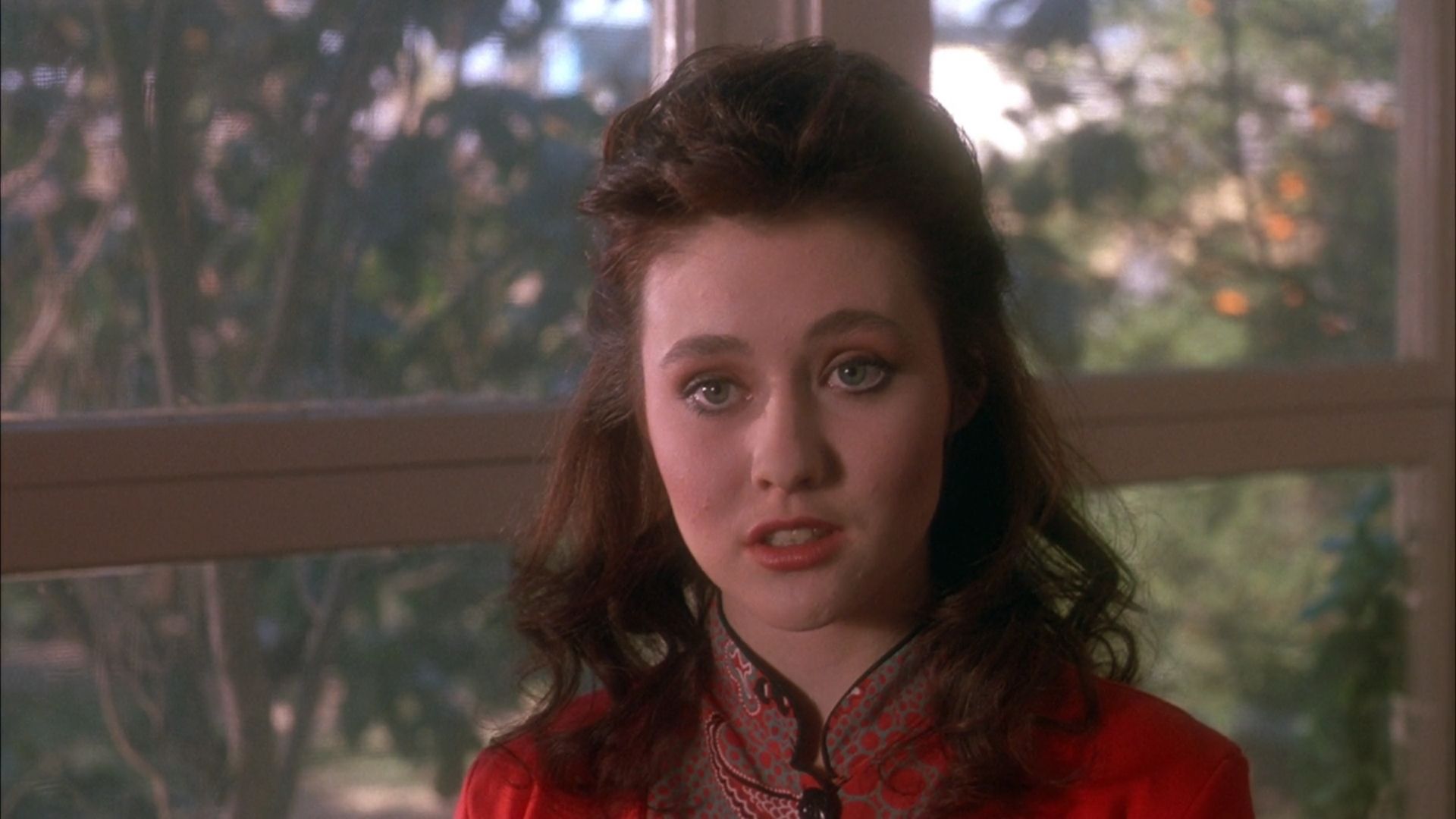

When “Heathers” debuted initially, the teen movie scene was undergoing significant change. This shift became even more noticeable after teen film legend John Hughes parted ways with the genre following the release of his last teen film, “Some Kind of Wonderful,” in 1987. Hughes then moved on to suburban comedies. Daniel Waters, the author of “Heathers,” aimed to create a film that contrasted the sentimental, rose-tinted Hughes teen movies and instead resembled the darker, satirical style of Stanley Kubrick’s films, specifically his black comedy “Dr. Strangelove.”
In contrast to Hughes’ sweet portrayal of adolescence in films like “The Breakfast Club,” “Heathers” delivers a bitter critique. You won’t find any jubilant moments of victory, such as the climax in “The Breakfast Club.” Nor will you see Molly Ringwald or any other Cinderella-like teenage girl gracing the prom in an elegant pink gown.
In the teen films by Hughes, common conflicts were prevalent. However, these were swapped out in “Heathers” for a collection of complex and unexplored themes, such as homophobia, murder, and suicide. These topics were presented with an unprecedented level of darkness, nuance, and humor that seemed impossible before “Heathers” and has yet to be surpassed.
Heathers Changed How Teens Are Portrayed in Pop Culture
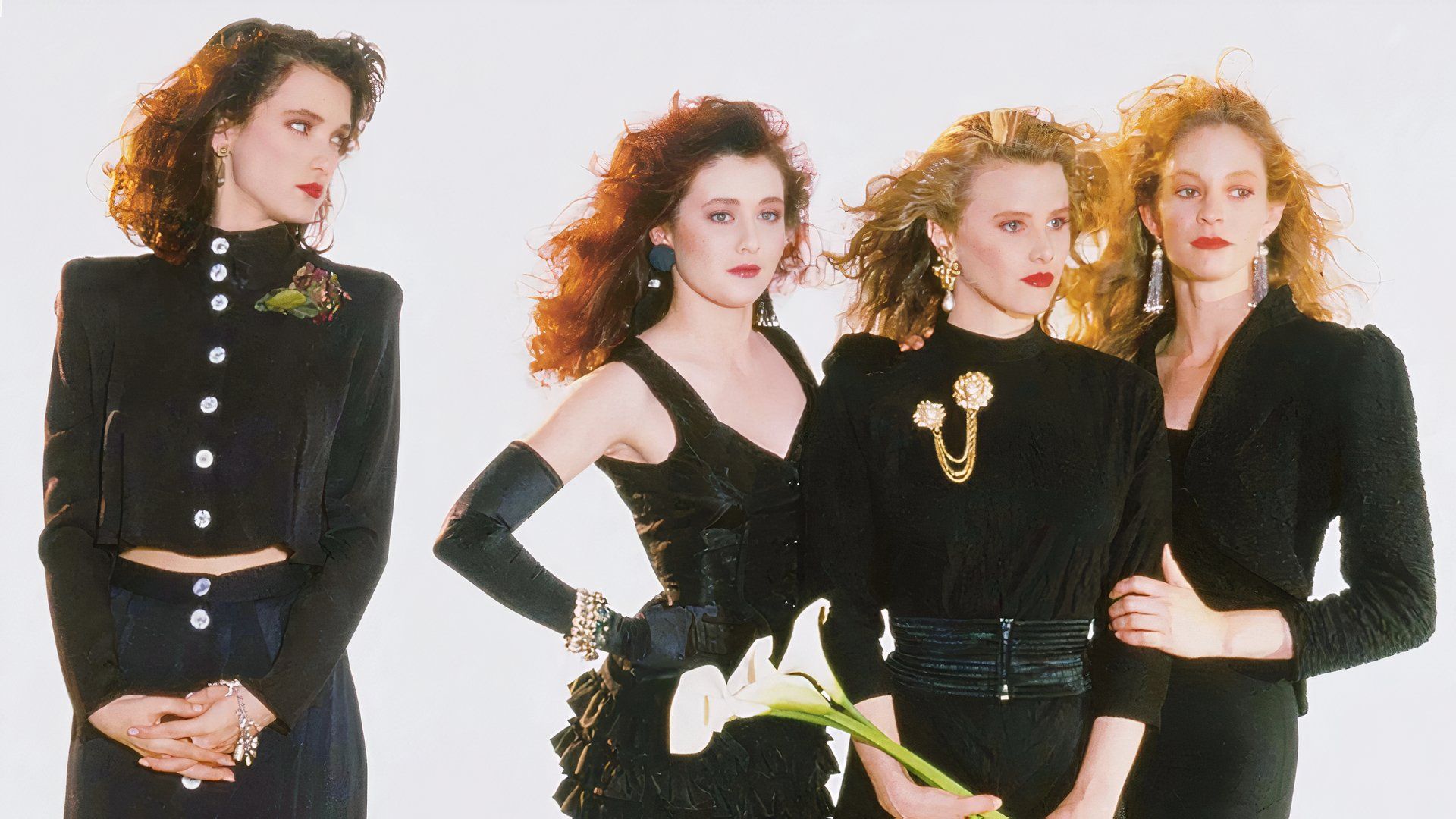

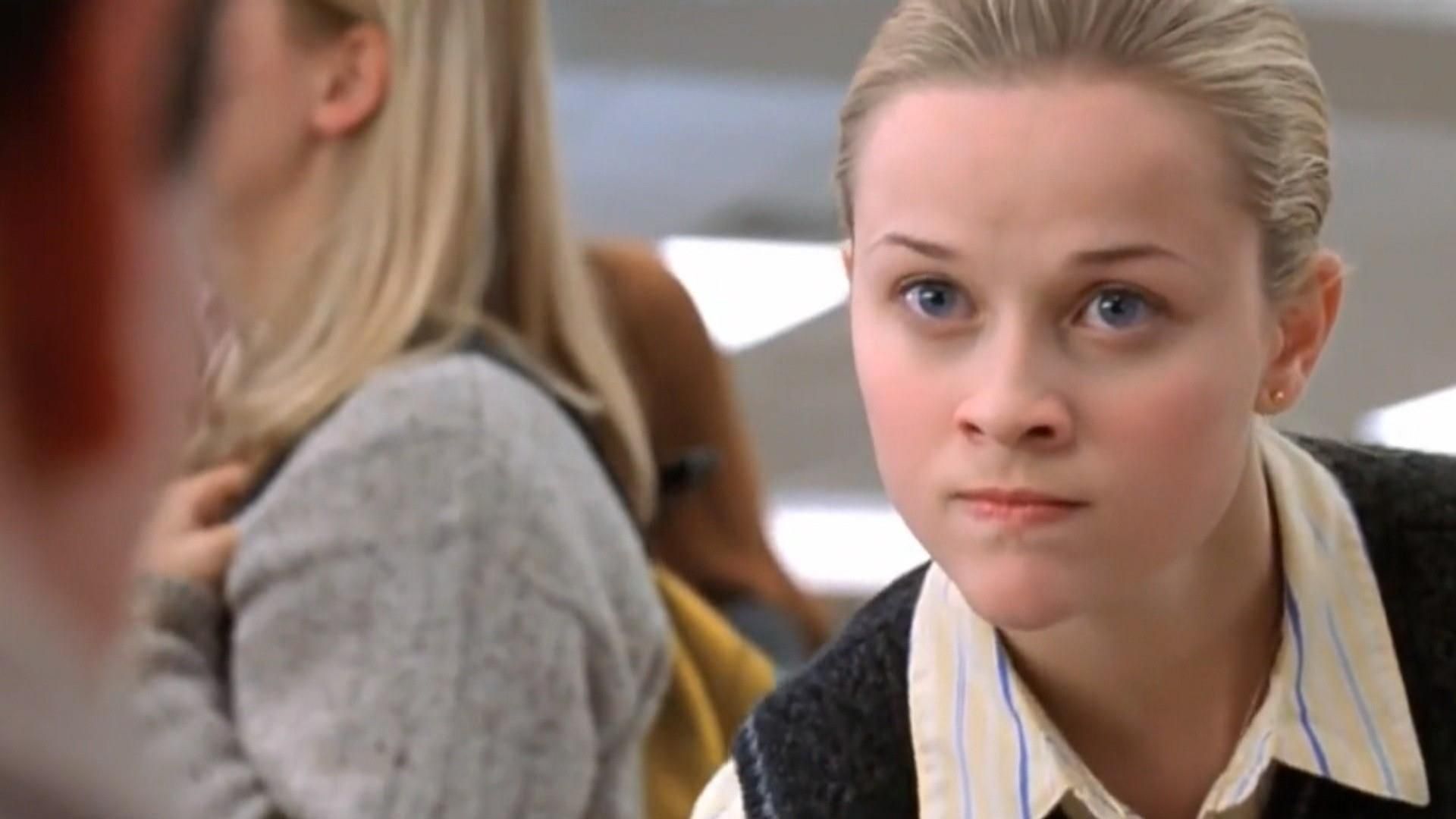
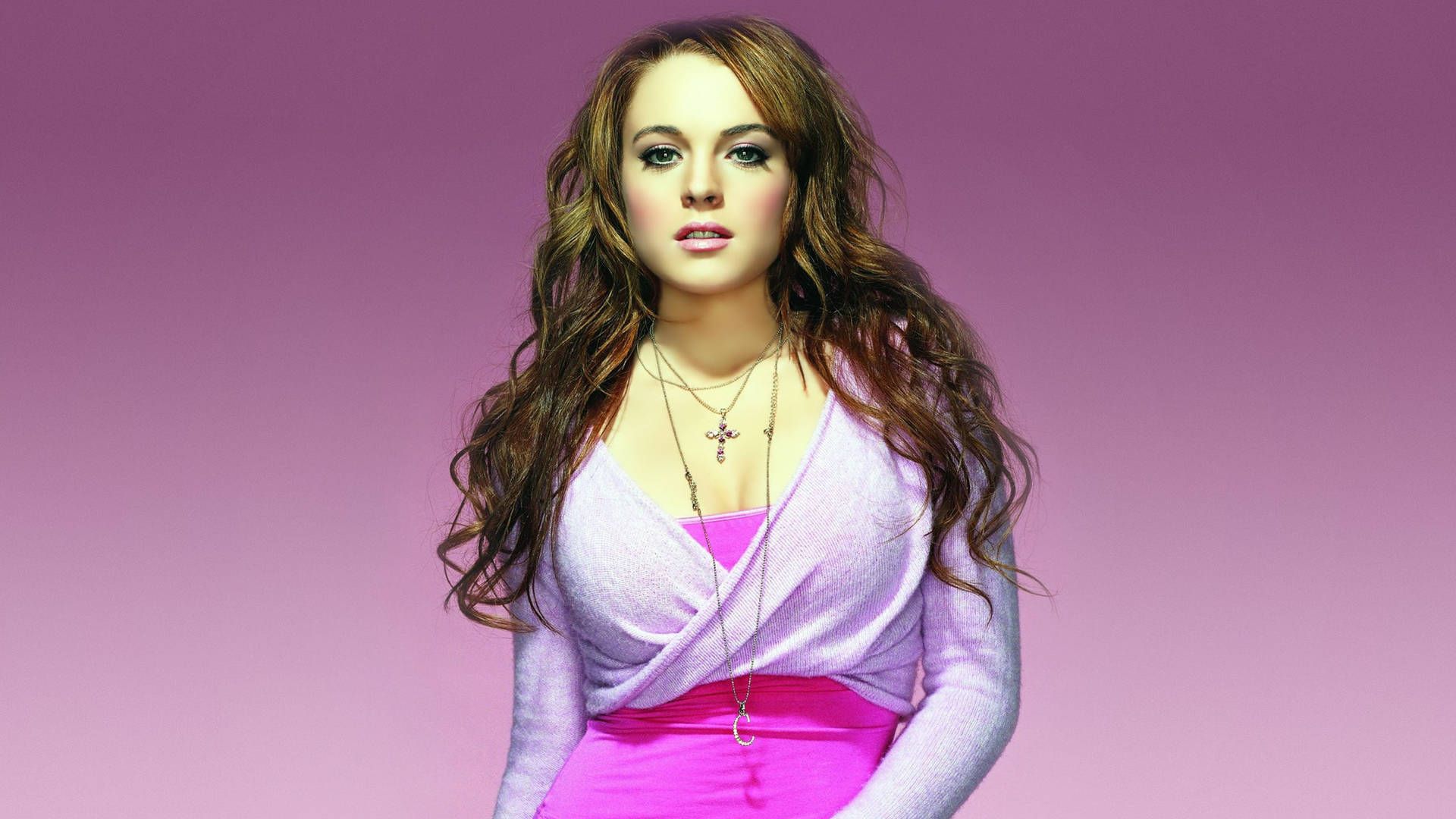
As a devoted gamer and movie enthusiast, I can’t help but ponder the profound impact of “Heathers” on the teen-focused film and television landscape. Picture this: The cinematic universe as we know it today would look drastically different without “Heathers.” That satirical, darkly comedic take on teen life that “Heathers” pioneered might not have existed in its current form. In fact, movies like “Clueless,” “Election,” “Juno,” and “Mean Girls” could be mere shadows of their present selves, or perhaps non-existent at all. These films, which I’ve grown to love for their sharp wit and biting satire, were undeniably influenced by the groundbreaking “Heathers.”
Shannen Doherty’s passing has refocused the spotlight on her striking role in “Heathers.” The impact of this film is evident in “Beverly Hills, 90210,” where Doherty starred for its initial four seasons. In the realm of teen soap operas, “Beverly Hills, 90210” borrowed from “Heathers” by tackling relevant themes such as date rape, homophobia, and suicide. Subsequent shows like “Glee” and “Gossip Girl” drew inspiration from this format.
The extent to which Heathers has transitioned from the realm of fantasy to reality over the past 35 years is perhaps most evident with the ill-advised 2018 Heathers television reboot, which ended up in a compromised, truncated form, ostensibly due to the 2018 Parkland school massacre. The only true link between the film and the reboot is Doherty, who appears as J.D.’s mom in two of the show’s 10 episodes. Heathers is streaming on Tubi.
Read More
- 10 Most Anticipated Anime of 2025
- USD CNY PREDICTION
- Pi Network (PI) Price Prediction for 2025
- Gold Rate Forecast
- USD MXN PREDICTION
- Silver Rate Forecast
- USD JPY PREDICTION
- EUR CNY PREDICTION
- Brent Oil Forecast
- Castle Duels tier list – Best Legendary and Epic cards
2024-07-18 23:32